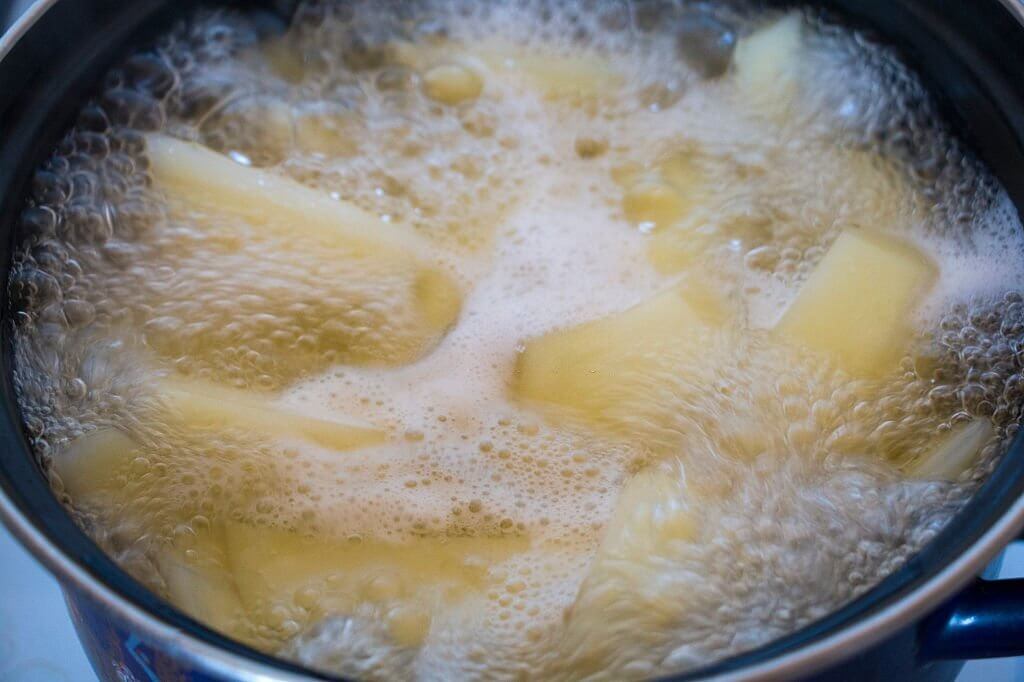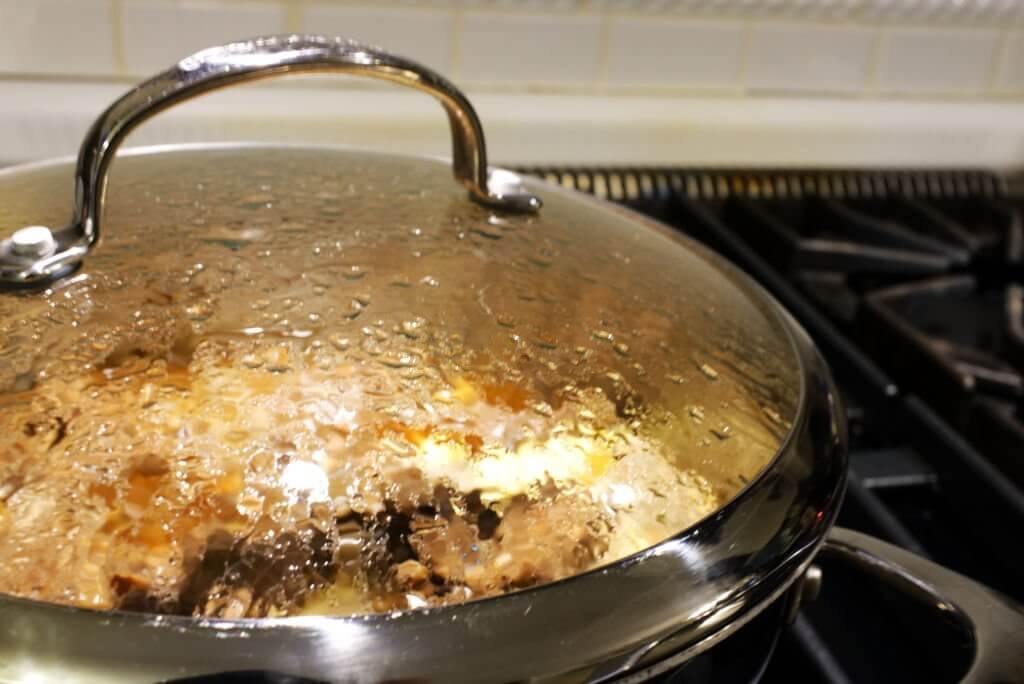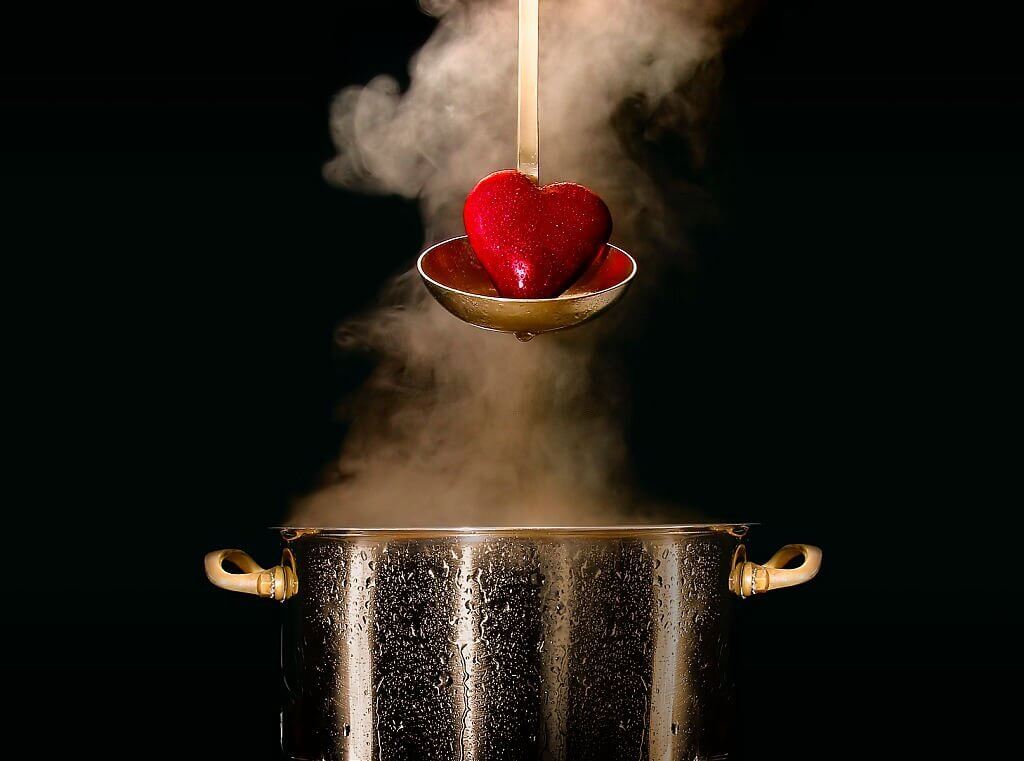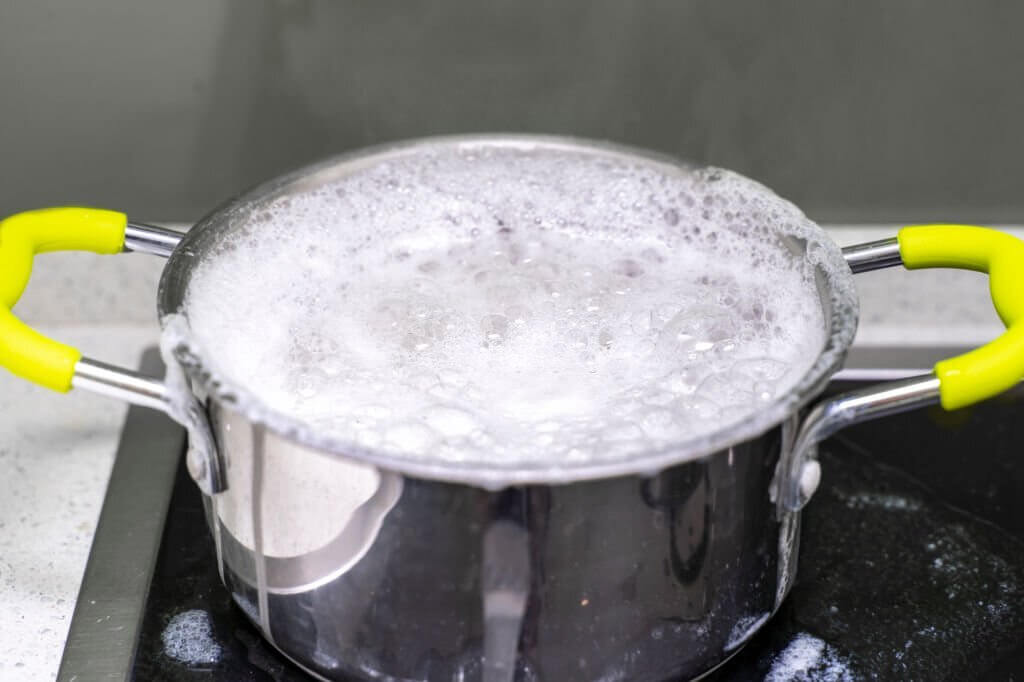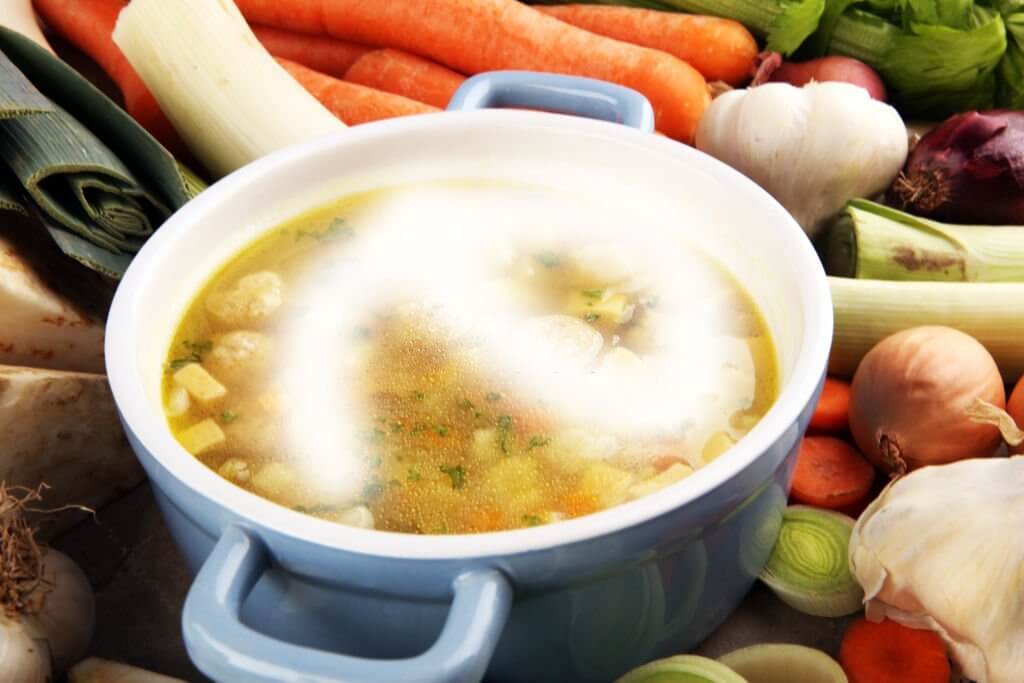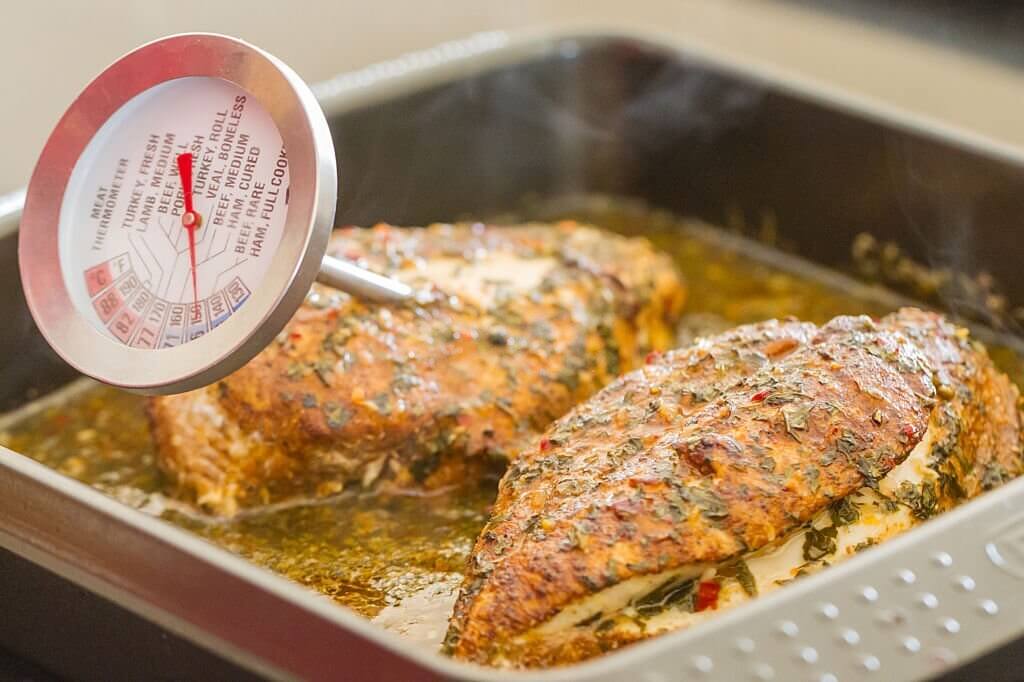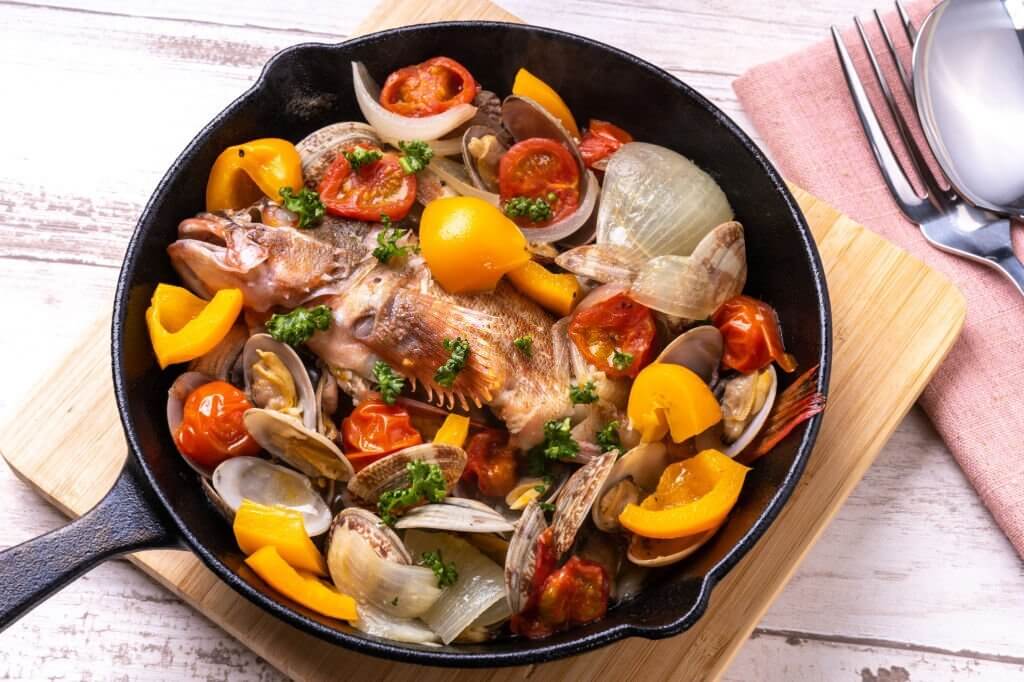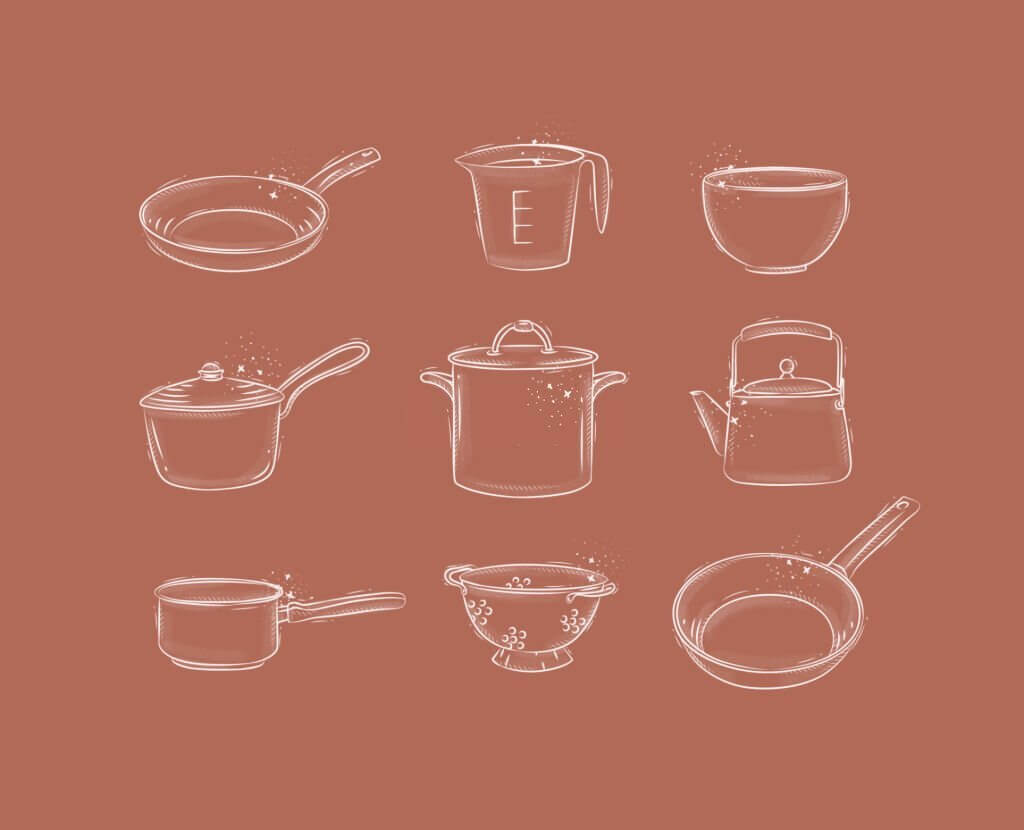Simmer is an effective technique for cooking vegetables, soups, stews and even large cuts of meat. It allows the flavors to infuse and develop more fully throughout the dish.
Simmering usually occurs between 185 to 205 degrees Fahrenheit (85 to 96 degrees C). Simmering can help cut back on extra calories from fats, oils and butter in recipes by eliminating them during preparation.
What Is Simmering?
Simmer is a cooking method in which liquid remains below the boiling point of water. Although less intense than boiling, it still necessitates careful monitoring and attention to maintain an appropriate temperature for your liquid.
Simmer is one of the most basic moist heat cooking methods, and it can be used for many different foods. Tender cuts of meat or dried grains benefit most from simmering, while soups and stews benefit as ingredients are allowed to simmer together, creating delicious dishes that everyone will love.
Additionally, it’s an efficient way to preserve minerals and proteins in meat by keeping them from emulsifying and altering flavors. Furthermore, it keeps legumes and grains soft without losing essential vitamins or nutrients.
Simmering can be a challenging skill, but it is an essential one for any serious cook. Start by cooking some straightforward recipes using plain water before progressing to something more complex.
What Does A Simmer Look Like?
Simmering is a cooking method that uses lower levels of heat than boiling. This uses less energy and creates an even heat distribution without the need for water evaporation.
Once a pot of liquid has reached about 185 degrees Fahrenheit, it is considered to be simmering. This temperature is close to the boiling point of water at 212 degrees Fahrenheit.
One way to tell if your liquid is simmering is by looking at the bubbles in it. If there are several small bubbles rising from the bottom and tiny wisps of steam floating on top that appear as if they’re moving, then chances are good that it’s probably simmering.
Rapid simmering is a hotter version of simmering, typically closer to 205 degrees Fahrenheit. The bubbles in a rapid simmer tend to be larger than those experienced with normal simmers and there’s more movement overall.
When simmering food, it is typically done in a pot or pan on top of the stovetop. This method of cooking is most popular for soups and stews but can also be used to slowly cook meat in a slow cooker.
How To Simmer
A simmer has some temperature variation below the boiling point, ranging from a light simmer to a full simmer. Depending on your burner, cookware, ingredients, and recipe, you may need to change the temperature. Be mindful that air pressure increases at sea level, causing liquid to boil at lower temperatures and evaporate quicker. To ensure that items are fully cooked, cooking temperatures and timings must be adjusted accordingly.
Begin by filling your cookware with enough water or liquid to completely soak and cover any items you intend to add. If you’re following a recipe, make a note of the amount.
Put your burner to a low medium heat and gradually increase the temperature until you reach the ideal simmer. Be warned that adding extra ingredients may result in a minor reduction in temperature.
If it becomes too hot, a continuous simmer might easily turn into a boil. To determine a simmer, watch the bubbles or use a cooking thermometer to check the temperature and adjust as needed.
Once a simmer has been achieved, stir as often as required by the method or ingredients used.
What Is The Difference Between Boiling And Simmering?
Most cooking involves boiling some type of liquid – from heating boxed pasta to boiling eggs for an egg-centric dish. But mastering the art of simmering can make all the difference between a successful dish and one that’s undercooked.
When making soup or stew, you can tell when the liquid is simmering by watching its surface. Tiny bubbles will float to the top while wisps of steam will rise from below.
Boiling liquid is considerably hotter than simmering, with bubbles that form larger and more active compared to those created at a slow simmer.
Simmering requires less agitation than boiling and is ideal for delicate foods like fish, shellfish, or eggs. It also allows spices and herbs to take on more flavor. Simmering also lends itself perfectly to slow-cooked meats, vegetables, and soups that need longer cooking times in order to develop texture and absorb flavors.
Benefits Of Simmering
Simmering is a slow cooking method that takes place between 185 and 205 degrees Fahrenheit (85 and 96 degrees Celsius). This lower heat can be beneficial for many types of dishes.
Simmering a dish allows its flavors to fully seep into the liquid, creating an enhanced flavor experience. It also softens and makes food more palatable by softening its texture.
Additionally, cooking with coconut oil helps preserve much of the nutritional value found in foods you prepare with it. This is particularly beneficial if you’re trying to cut back on fats, oils, and butter in your diet.
Simmering is an ideal method for cooking poultry and other meats, as it helps them remain tender without breaking apart. It also works great in stews and braises.
Temperature To Simmer
Simmering is a gentle cooking technique that involves low temperatures. This prevents the loss of essential nutrients and moisture while maintaining flavor.
This cooking method is ideal for rice, meats, soups and stews. Furthermore, it helps release fat and collagen from tougher cuts of meat.
Similar to boiling, simmering is a slower process with lower temperatures. Optimal temperatures for this step should fall between 185 and 205 degrees Fahrenheit.
Though slightly below the boiling point of water (212 degrees), this temperature is still hot enough for bubbles to appear. These will be small and barely perceptible in size.
However, to achieve the ideal simmer, keep the heat low and ensure that the liquid does not boil over. Doing so could cause the liquid to thicken or turn into steam which may scorch the bottom of the pan.
Simmering is a cooking technique that can be done on either gas or electric stovetops. While finding the proper temperature may be challenging, with practice you will be able to perfect this skill.
Foods To Simmer
Beans and lentils: These were developed to be gently simmered in a soup, chili, or stew.
Grains: Simmer barley, farro, barley, millet, quinoa, and spelt with aromatics until soft.
Vegetables: Simmer fibrous, starchy root vegetables such beets, potatoes, sweet potatoes, rutabagas, and turnips to ensure equal cooking.
Stock: When creating broth or stock, slow simmering at a constant temperature helps merge the flavors together.
Fish: To keep delicate items like fish from splitting apart or being damaged, poach them at or below a simmer.
Meat and poultry: In the oven or on the stove, simmering is used to prepare meat and poultry, generally in the form of poaching or braising.
Big pieces of meat: Simmered meats, such as corned beef, stay moist and fork-tender, but boiled meats are frequently dry and chewy so because heat of the boiling liquid causes their proteins to toughen.
Tools For Simmering
The most crucial instrument for boiling food is a big, heavy-bottomed pot or deep saucepan, ideally with a lid. A spoon of any sort can assist to cool down the liquid that is cooking so that it does not become too hot when stirring or tasting. Slotted spoons aid in the removal of boiling food while leaving hot water behind. They can also be useful for skimming bubbles off the surface of a boiling stock. A variety of ring that helps to disperse heat, particularly on a gas burner, and prevents meals from boiling and overcooking.
Conclusion
To Simmer, or cooking food at a lower than usual temperature, is the ideal way to create tender and moist meats, vegetables and fruits. Furthermore, it helps keep your food tasting as fresh as when it was first harvested.
The best part is that it doesn’t need to be complicated! You only need a few ingredients and some patience. The process can be completed in any pot – from the smallest saucepan to a large stockpot.
Maintain the moisture of your food with a quality stock pot and sturdy lid. The key is remembering the temperature and time required for each item to cook properly – this helps ensure it doesn’t get overcooked, undercooked, or both! This is especially essential when cooking meats, fish, and vegetables which tend to dry out quickly if not handled properly. To get optimal results, it’s wise to use a thermometer when monitoring water or broth temperatures.

